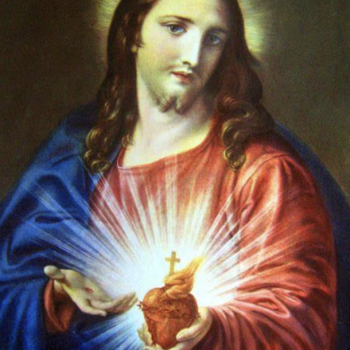On Saturday, I spent the day in Washington D.C. at the Smithsonian's National Museum of American History. It is a fine museum, one that should be on the itinerary of anyone making a pilgrimage to our nation's capital. During my visit I stood in awe of the American flag—worn and tattered—that inspired Francis Scott Key to write the Star Spangled Banner in 1814. A moving and relatively new exhibit focused on the visual culture of the Civil Rights Movement. I exercised my historical imagination by staring into the hull of the revolutionary-era Gunboat Philadelphia, the oldest surviving American fighting vessel. I got a bit nostalgic looking at a collection of vintage lunch boxes and children's toys.
The National Museum of American History does an excellent job of capturing the nation's past in an informative and entertaining manner, but during this trip to the museum I could not help but think that something was missing. It hit me as I browsed the book section of the museum store. The aisles were filled with books about science and technology, the Civil War, the presidents of the United States, and the American Revolution, but I could not find a single book dealing with the American religious experience. Maybe I didn't look hard enough, or maybe I was just feeling a bit oversensitive because the store was not selling my Was America Founded as a Christian Nation?: A Historical Introduction—but it was clear to me that American religion was unimportant at the National Museum of American History.
I headed back to the exhibits to see if my hunch was correct. Religion is not appropriate, I understand, for many of the exhibits in the museum. For example, I did not expect to find anything dealing with religious faith in the exhibits on electricity, transportation, or the comedian Phyllis Diller. (Yes, there is an exhibit on Phyllis Diller, and it's quite well done). Yet other exhibits representing time periods when religious faith played a prominent role in American society were mostly void of anything related to the subject. If G.K. Chesterton was right, and America is indeed a "nation with the soul of a church," you would never know it by visiting one of our most prominent historical museums.
One of the ongoing exhibits at the museum is entitled "Communities in a Changing Nation: The Promise of 19th-Century America." Here is the description of the exhibit from the museum web page:
Communities in a Changing Nation: The Promise of 19th-Century America explores the nation's history through the experience of three different communities: industrial workers and managers in Bridgeport, Connecticut, Jewish immigrants in Cincinnati, Ohio; and slaves and free blacks in the low country of South Carolina. Some 400 artifacts, photographs, illustrations, and personal recollections reveal the challenges, successes, and constraints faced by the people of these communities in their pursuit of freedom, opportunity, and equality.
While this exhibit was certainly well done, it included virtually nothing about the Second Great Awakening or Christian-inspired moral reform in the nineteenth-century industrial north. Judaism as a religious belief of Ohio immigrants was not explored. Religion was the most important part of the African-American experience in this century, but it was largely absent from the exhibit. Christianity, and particularly evangelical Christianity, saturated everyday life in 19th-century America, yet it did not receive any attention.
Similarly, my favorite exhibit in the museum, "For All the World to See: Visual Culture and the Struggle for Civil Rights," did not fully address the powerful role that prophetic religion played in the Civil Rights movement. As historian David Chappell has reminded us in his wonderful book Stone of Hope: Prophetic Religion and the Death of Jim Crow, the struggle for African-American civil rights began in black churches. In fact, as Chappell argues, the movement was more religious revival than political protest.
Of course, religion is a controversial subject and it must be integrated in the stories we tell about our past with a certain degree of sensitivity. I'm sympathetic to the issues that curators and museum administrators must face when dealing with this subject. But it is, at the same time, impossible to ignore the fact that religion has played a dominant role in the American experience—a much greater role than the place it has been given in a national museum of American history.





